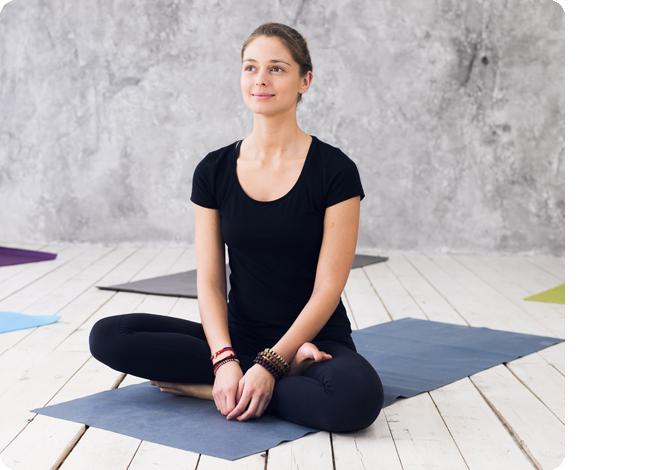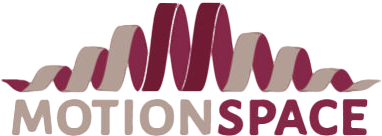

Reawaken Consciousness…
Somatic Movement Therapy
Wendy defines the term somatic as “the body’s language”.
Movement, one of our first sensory to develop in-utero and throughout life, is often overlooked. Yet, movement is an essential component of well-being and interaction. Habits or injuries may develop that limit one’s mobility. Learning how to re-pattern motion can help you regain your energy and support your overall health.
As a registered Somatic Movement Educator and Therapist (RSME/T), Wendy combines her experience as a teacher, dancer, artist, and movement therapist to help people discover their individual movement patterns and affinities. This includes helping people to better understand pain relief, preparation for surgery, recuperation from injury, and recovery from illness or surgery. She works with peoples of all ages to develop their sense of movement and potential for exploration.
Wendy also combines her certifications as a Body-Mind Centering® Practitioner (BMCP) and Infant Developmental Movement Educator (IDME) to support embodiment practices and movement re-patterning. These tools bring greater potential for moving with conscious ease. These questions help people identify their movement patterns which may be causing discomfort or imbalance. By brining consciousness to movement, other movement choices can be initiated.
- What was your experience? How do you feel?
- What if you move like this? How do you feel now?
- What have you noticed?
Wendy’s goal is to help her clients to become aware of movement throughout their daily lives. She enjoys creating new pathways for discovery and self-knowledge. Many clients have chosen to continue exploring their movement options long after their therapeutic sessions have been completed. The Motion Space offers scheduling and pricing flexibility to support the goals of the client.
What is Somatic Movement Therapy (SMT)?
Somatic Movement Therapy encourages a deeper understanding of the body-mind connection, the body as guide, and the integration of conscious movement and re-patterning.
A SMT looks at the entire body.
- How is your body connecting movement? How is movement connecting your body?
- How is your body initiating or holding movement?
- Is movement painful? Can this pain be differentiated?
- How are the body systems (skeletal, muscular, organs, fluids, nerves…) supporting internal and external movement choices?
How is Somatic Movement Therapy different from Physical Therapy?
A physical therapist is responsible for working with the specific site of the injury. For instance, if an ankle injury has been diagnosed, the PT will work specifically on the musculoskeletal of the ankle.
A SMT will not only work with the musculoskeletal anatomy at the site of the injury (in this case ankle), but will also work with the fluids, nerves, and connective tissue (and much more) of the lower limb. In addition, a SMT will perceive how the entire body is supporting or inhibiting movement at the injury site. This increases the potential for conscious movement and movement re-patterning.
SMT and PT can be used in conjunction.
As an SMT, Wendy works with the body on the global level or within very specific cellular structures. Potential for recovery and better understanding of the body-mind becomes an excellent resource for clients’ understanding.
BODY-MIND CENTERING®
Body-Mind Centering, as an embodied approach, provides a baseline for all classes and private sessions that I provide. I describe BMC as “the essence of humanity” as it brings conscious awareness to all of our movement, thought processes, and abilities to relate to ourselves and our world.
Body-Mind Centering®
Body-Mind Centering is an integrated and embodied approach to movement, the body and consciousness. Developed by Bonnie Bainbridge Cohen, it is an experiential study based on the
embodiment and application of anatomical, physiological, psychophysical and developmental principles, utilizing movement, touch, voice and mind. Its uniqueness lies in the specificity with which each of the body systems can be personally embodied and integrated, the fundamental groundwork of developmental re-patterning, and the utilization of a body-based language to describe movement and body-mind relationships.
Body-Mind Centering practitioners have completed over 2000 hours of training in somatic and developmental movement courses, counseling skills, anatomy, physiology, and kinesiology courses. Body-Mind Centering is applicable to all aspect of life – professional and personal.
I OFFER SESSIONS AT MY OFFICE AND ONLINE
